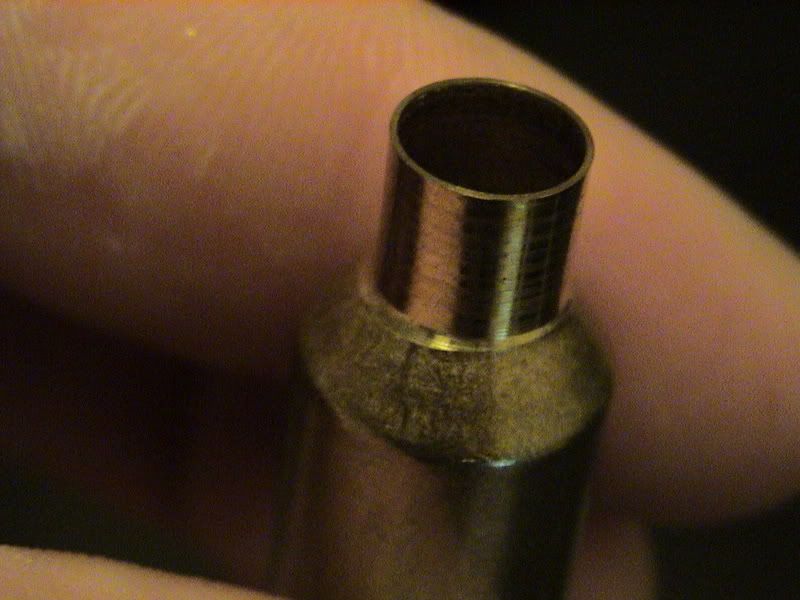I did a quick search and didn't see anything on this topic. How many people here do it? I've been considering trying it to see if it makes a difference in my match ammunition, so I read this article entitled "Neck Turning Basics" on 6mmbr.com. If that's just the "basics" then I'm wondering how bad I want to try doing this.
http://www.6mmbr.com/neckturningbasics.html
So who's got experience turning necks? How much difference does it make in group size?
http://www.6mmbr.com/neckturningbasics.html
So who's got experience turning necks? How much difference does it make in group size?



Comment